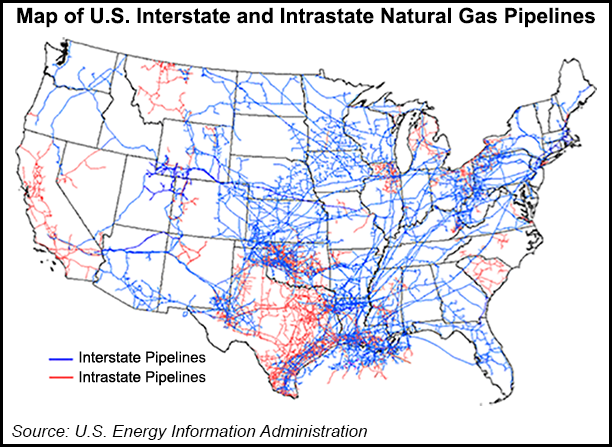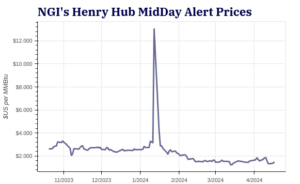Regulatory | Energy Transition | Infrastructure | LNG | NGI All News Access | NGI The Weekly Gas Market Report
FERC Revamps Interstate Natural Gas, LNG Infrastructure Policy, Adds GHG Statement for Future Decisions
© 2024 Natural Gas Intelligence. All rights reserved.
ISSN © 1532-1231 | ISSN © 2577-9877 | ISSN © 1532-1266 |



